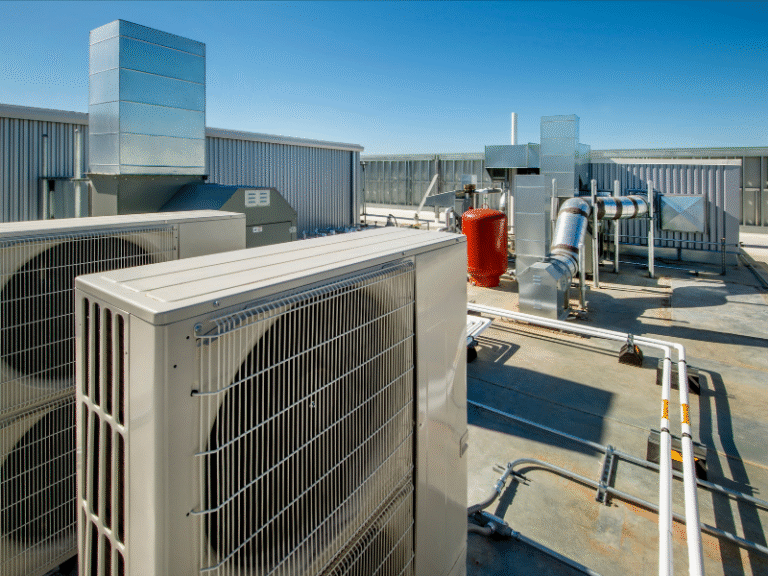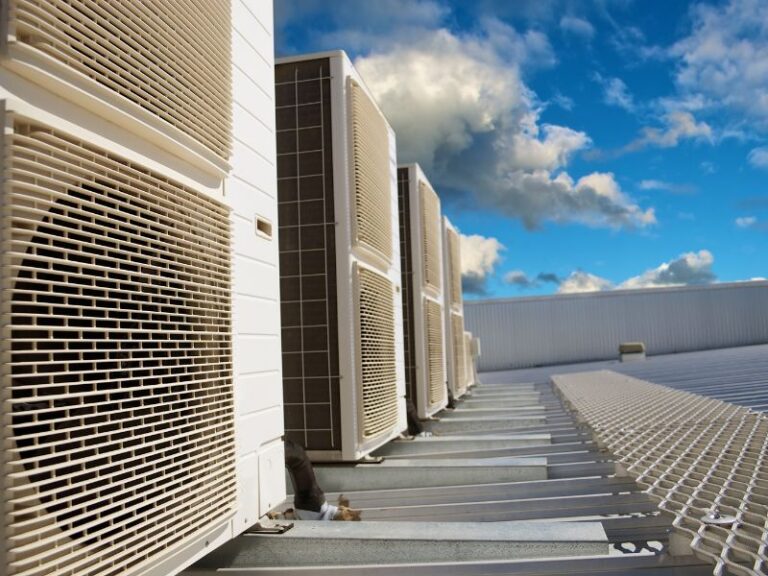Choosing the right air conditioning system for your home or office is more than just about picking the right model. Sizing your air conditioning system properly is crucial for ensuring comfort, energy efficiency, and long-term savings. Unfortunately, many people make common mistakes when sizing their AC units, leading to inefficient performance, unnecessary energy consumption, and costly repairs.
In this blog post, we’ll explore the top 5 mistakes to avoid when sizing your air conditioning system and how you can ensure that your system is properly sized to meet your needs.
1. Neglecting to Perform Accurate Cooling Load Calculations
One of the most significant mistakes homeowners and business owners make is neglecting to perform accurate cooling load calculations. Cooling load calculations determine the exact amount of cooling required to maintain a comfortable temperature inside a building. These calculations factor in elements like room size, insulation, window type, external climate, and internal heat gains from appliances and people.
Without proper cooling load calculations, you might end up with a system that is too large or too small for your space. Over-sized systems consume more energy, while under-sized systems struggle to cool the space, leading to discomfort and higher energy bills.
Solution: Always ensure you perform cooling load calculations using reliable tools or consult a professional to make sure your system is properly sized. Tools like CoolCalc provide accurate, quick cooling load estimates based on local climate and building specifications.
2. Ignoring the Impact of Insulation
The quality of your building’s insulation plays a significant role in determining the cooling load. Poor insulation allows heat to enter the building, making the AC unit work harder to maintain a comfortable indoor temperature. On the other hand, well-insulated buildings require less cooling energy, which can lead to lower running costs and less strain on the HVAC system.
Many people forget to factor in insulation when choosing an air conditioning system, which leads to over-sizing or under-sizing. For example, if your building has poor insulation, the system will need to be larger to compensate for the additional heat gain.
Solution: Always factor in the quality of your building’s insulation during the sizing process. A well-insulated space can often work with a smaller, more energy-efficient unit, saving you money on both installation and running costs.
3. Choosing a System Based Only on Square Footage
A common mistake people make when sizing an air conditioning system is basing the size of the system solely on the square footage of the space. While the size of the room or building is an important factor, it’s not the only consideration. Over-sizing or under-sizing your system based only on square footage can result in poor performance and unnecessary energy consumption.
Factors such as ceiling height, number of windows, occupant activity, and the climate also influence the correct system size. For example, high ceilings or large windows may increase the cooling load and require a more powerful system.
Solution: Don’t rely solely on square footage when sizing your AC system. Consider other factors like ceiling height, insulation, window size, and the number of people who will occupy the space. A comprehensive approach will ensure more accurate sizing.
4. Underestimating the Importance of Airflow and Distribution
Even if your air conditioning system is correctly sized, poor airflow and distribution can prevent the system from functioning efficiently. If air cannot circulate properly through the space, hot spots can form, and the system will have to work harder to maintain the desired temperature. This can lead to uncomfortable conditions and energy waste.
For example, if your system is centrally located but air ducts are poorly designed or obstructed, certain areas of the building may not receive adequate cooling, despite the system’s capacity.
Solution: Pay attention to airflow and ductwork design when selecting an HVAC system. Make sure ducts are properly sized, insulated, and unobstructed to allow air to circulate evenly throughout the space. Zoning systems that control temperatures in different areas can also help with more efficient cooling.
5. Failing to Account for Future Changes
Many homeowners and business owners fail to consider future changes when sizing an air conditioning system. Changes in building layout, additional rooms, or increasing the number of occupants can all impact the cooling load. Choosing an air conditioning system based only on your current needs might result in an overworked system down the road if your space expands or usage increases.
For instance, if you plan to add more rooms or install additional electronics that generate heat, your existing system may no longer provide adequate cooling.
Solution: When sizing your air conditioning system, consider future changes like potential room additions, increased occupancy, or new heat-generating appliances. It’s worth investing in a system that can handle moderate growth to avoid redoing the installation later.
Bonus: Why CoolCalc Can Help You Avoid These Mistakes
At CoolCalc, we understand how critical accurate sizing is for your HVAC system. Our app simplifies the process by providing precise cooling load calculations that factor in your building’s size, insulation, climate data, and more. With CoolCalc, you can quickly determine the ideal system size for your space, avoiding the common mistakes mentioned above.
Here’s how CoolCalc can help:
- Accurate Calculations: It uses real-time weather data and local climate information for precise load estimation across all 36 Nigerian states.
- User-Friendly: Even if you’re not an HVAC expert, CoolCalc’s easy-to-use interface guides you through the calculation process.
- Time-Saving: Get the results you need in just a few minutes, saving time on manual calculations.
- Energy and Cost Savings: By ensuring your system is properly sized, CoolCalc helps you reduce both installation and operating costs, and improve energy efficiency.
Conclusion
Properly sizing your air conditioning system is key to ensuring comfort, energy efficiency, and long-term savings. Avoid the common mistakes of neglecting cooling load calculations, overestimating the importance of square footage, and ignoring factors like insulation and future changes. With the help of tools like CoolCalc, you can ensure your HVAC system is sized correctly and runs efficiently for years to come.
Ready to size your HVAC system the right way? Download CoolCalc today and start making smarter, more efficient HVAC decisions for your space!




